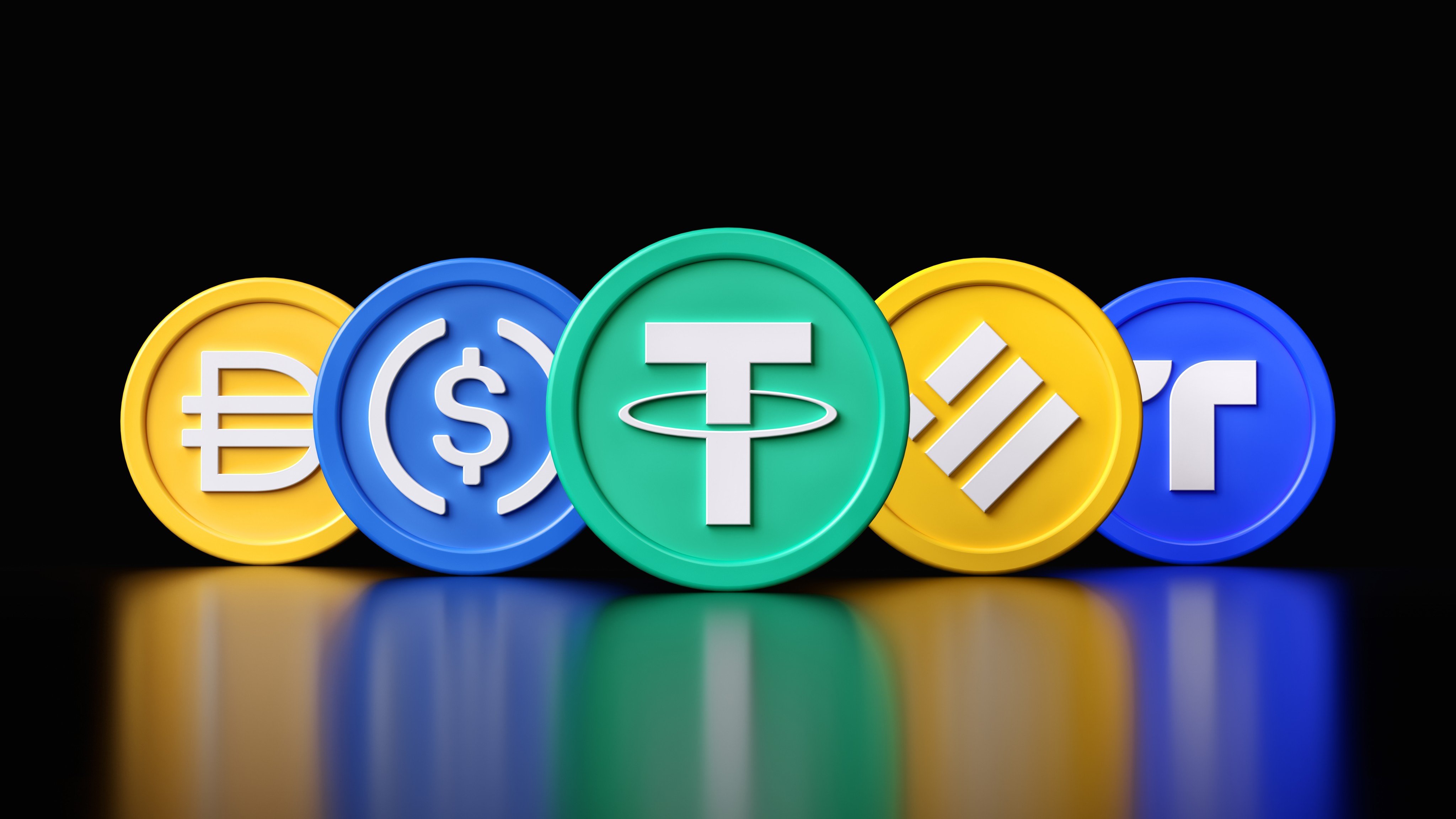China already has de facto stablecoins in the form of WeChat Pay and Alipay, a top economist at the country’s leading investment bank has argued – amid growing calls for Beijing to quickly adapt to the global rise of digital assets.
“From an economic perspective, money based on third-party payment platforms functions much like stablecoins – and China holds a comparative advantage in this area, having already built a relatively mature regulatory framework,” said Peng Wensheng, chief economist at China International Capital Corporation, in a research note published on Friday.
Stablecoins are digital currencies pegged to fiat currencies like the US dollar or Hong Kong dollar, or to reserve assets such as gold. Unlike highly volatile cryptocurrencies such as bitcoin, they combine the speed and efficiency of crypto with the stability of traditional money.
According to Peng, platform-based digital money is an extension of legal tender, with safeguards in place to maintain a 1:1 peg with fiat currency.
“Its stability is underpinned by stricter safeguards – customer funds are backed by central bank base money, and regulatory oversight imposes tighter limits on its financial expansion,” he said.
As stablecoins move to the forefront of global economic and financial debate, Chinese state media has urged policymakers to stay ahead of the curve.
Securities Times, a publication under the Communist Party mouthpiece People’s Daily, said on Monday that “the development of [yuan-backed] stablecoins should be sooner rather than later”, warning that the “unique advantages and potential risks of stablecoins cannot be ignored.”
Peng said the US dollar’s role as a global reserve currency gives it an advantage in the race. Dollar-backed stablecoins benefit from this status, with network effects and favourable regulations helping to reinforce the greenback’s dominant global position.
Last week, the US Senate passed landmark legislation establishing federal guardrails for dollar-pegged stablecoins, paving the way for private companies to issue digital dollars with government approval.
“For non-dollar economies, developing local-currency stablecoins to counter the inherent market advantage of the dollar is not necessarily the optimal strategy,” Peng said.
“For China, the priority lies in leveraging its vast real economy and large population – with broad application scenarios – by actively promoting the cross-border use of platform-based digital currencies like WeChat Pay and Alipay.”
Peng also proposed using China’s central bank digital currency (CBDC), the digital yuan, to promote the international use of third-party payment platforms. He called for multilateral cooperation between central banks to help build a new, efficient and low-cost global payments infrastructure.
Compared to US dollar-pegged stablecoins, China’s platform-based digital money – issued by third-party payment providers – is more deeply integrated in the real economy and less driven by financial motives, Peng said.
This integration – along with a vast domestic user base and established network effects – is China’s “comparative advantage”, he added.
“As a new payment technology and business model, the mechanism behind US dollar stablecoins may have spillover effects that are not yet fully understood.”
“Completely rejecting them may not be the optimal choice.”
Peng suggested that Hong Kong, as both an international financial centre and offshore yuan hub, could serve as a testing ground for yuan-backed stablecoin.
The city’s new stablecoin regulatory regime – the first of its kind globally – is set to take effect on August 1.
In a policy statement released on Thursday, the Hong Kong government called for market proposals to trial the digital currency’s use in real-world scenarios, as part of its strategy to cement the city’s role as a global crypto hub while supporting Beijing’s broader fintech ambitions.
